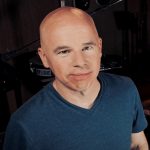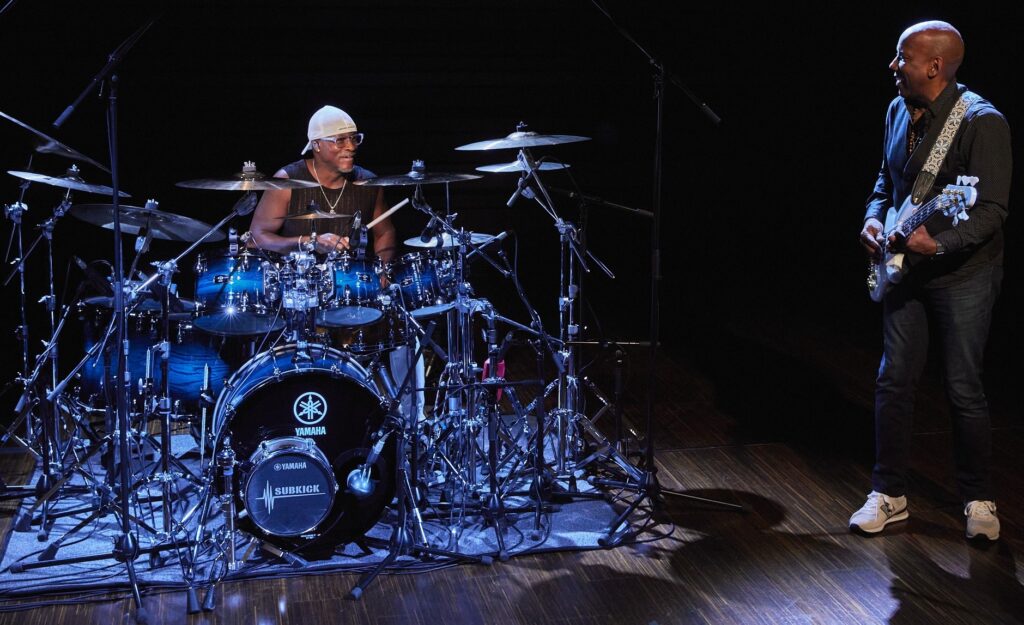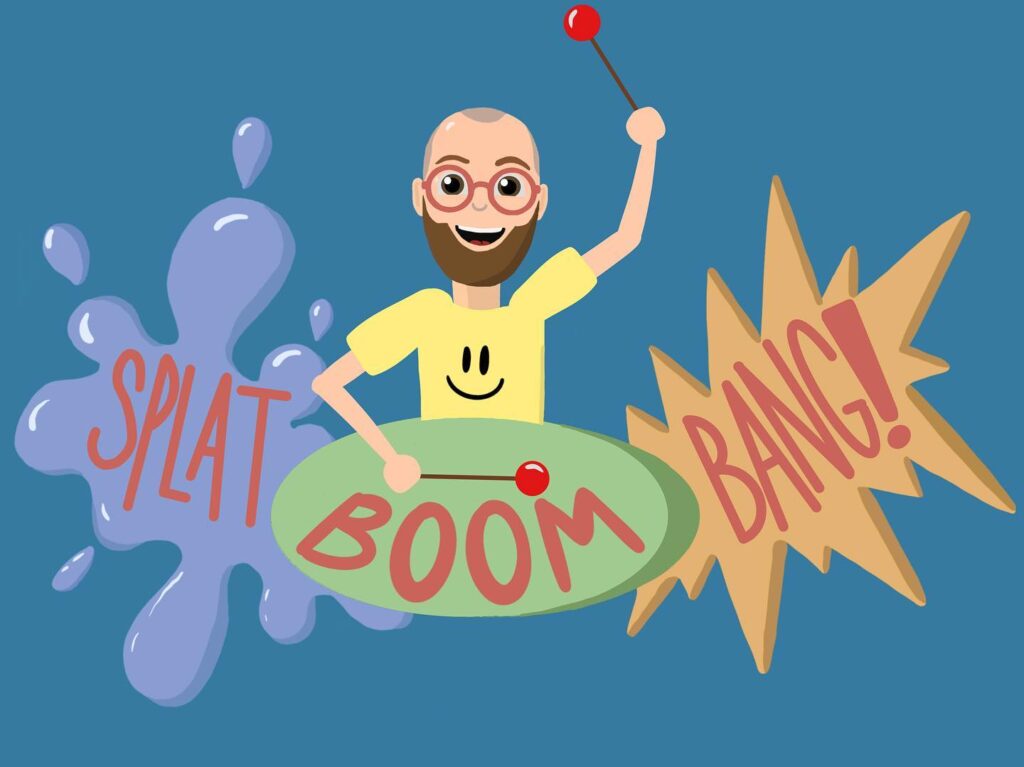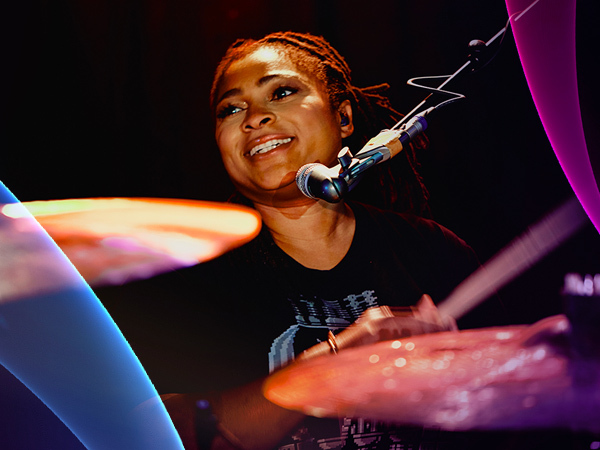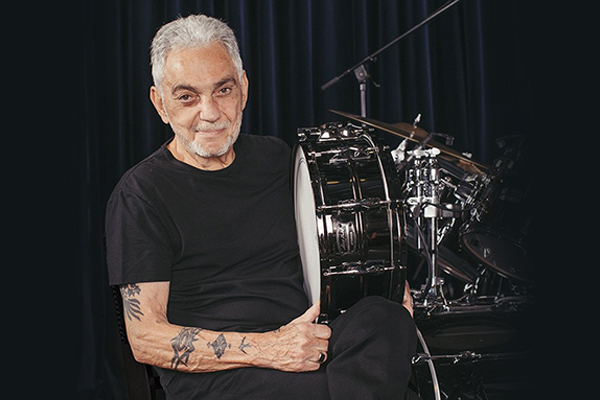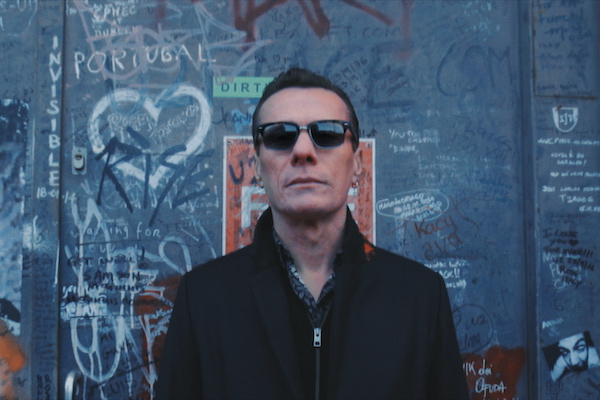The Singing Drummer
Yamaha Artist Jimmy Keegan on how to vocalize while keeping the beat.
I started singing as a small child, and never thought much about it … other than how it was funny that the older kids at school would give me money to sing Elton John songs. I guess I just had a natural talent for vocalizing early on.
But once the drum bug hit me, I stopped singing and focused solely on drumming. Then, when I got to my 20s I started singing again, but this time from behind the kit, influenced by some of the folks listed below. If you’re a drummer who’s ready to take the plunge and start singing yourself, I’ll provide some tips in this posting as well. But first, here’s my personal list of …
Top Five Singing Drummers
Terry Bozzio
Terry hit me like a truck. Firstly, his playing (with both Frank Zappa and Missing Persons) was like nothing I had ever heard: aggressive, dynamic, creative, sometimes complicated and always original. His inventive use of roto-toms, double kick drums, dual china cymbals, bells, X-hat and a funky haircut grabbed my attention and wouldn’t let go. Second, he was singing, and singing a lot. And because he was such an expressive player, the way he looked when he sang also got my attention. Whenever I was playing along to him in my room, I found myself singing his parts. Eventually I started singing his lead vocals as well. Without realizing it, playing along to Terry helped with my independence. Terry’s drumming was often very complex and it required a lot of dexterity to pull off the singing as well. I never thought twice about it. I just did it.
Don Henley
I had to grow up a bit to fully appreciate Don. Everything about his playing is designed to suit the song. As he was often the songwriter and also the lead singer for so many songs with The Eagles, his drumming was always supportive of the vocal. His approach was nothing like the technical and loud approach that Terry took but that’s okay. I needed to know the conservative attitude as well. The more I got into musicians like Don Henley, the better the overall drummer I became because I was much more aware of melody.
Phil Collins
Phil was another game-changer. He may be more well-known today as a singer, but to us drummers, he’s a drummer first. Phil made me much more aware of groove even when playing in odd meter. Sure, his solo work is straight-ahead pop but the Genesis stuff is all over the map. Again, being the singer informed his musical sensibilities and his playing. Whether busy or simple, he always supports his own vocal and he sings his tail off.
Levon Helm
Again, Levon’s influence hit me later in my life but as every fan of The Band knows, it’s about the story. Nothing about Levon is “technical.” It’s all feel. Even his kit is often kind of thrown together and just barely functions but you don’t care because he pours his heart into the story and his groove keeps everything moving just the right way to help express whatever emotion he’s singing about.
Roger Taylor
Nothing about Roger made sense to me when I first saw him performing with Queen. On the group’s albums, there was this thunderous drum sound and these screaming high vocals, but he’s not a particularly big person. All this sound and energy came from his heart. He didn’t need to be big to sound big and to be heard. As I’m not the tallest person either, this was a great lesson and I got it early on. I wanted my drums to sound big like that. I would learn a little later that there are some studio tricks to that sound, but it still had to start from the person. Roger helped me recognize what was inside and that I just needed to believe to get it out.

Keegan’s Vocal and Drumming Tips
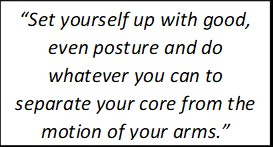
The sheer act of drumming requires a person to be conscious of their breathing, but singing often contradicts the breathing patterns needed for drums and vice-versa. There is also the risk of vibration from your arms moving around and from the seat underneath you, all of which can disrupt your vocal performance.
Here are some tips to get you started:
- Stay seated and separated. Set yourself up with good, even posture and do whatever you can to separate your core from the motion of your arms.
- Keep your setup in front of you. Too much gear to the sides requires movements you may not be able to make while you’re singing. Find the middle ground between when your body wants to breathe (as related to your drumming) and when you need air for singing. There’s no magic formula — you just have to figure it out for yourself.
- Find the right drum throne. If your seat is too hard, it can be a problem; ditto if it’s too soft. Try to find the perfect compromise between comfort and performance.
- Try to keep your mic in front of you and level with your head. Tilting your head up or to the side can cause neck issues.
- Consider using in-ear monitors (IEMs) instead of onstage monitors. Floor wedges cranked to the high volumes necessary to be heard over a full performance kit can lead to you over-singing, and you don’t want to risk doing damage to your voice. IEMs (like the ones I’m wearing in the photo below) allow you to hear yourself over the drums without yelling.
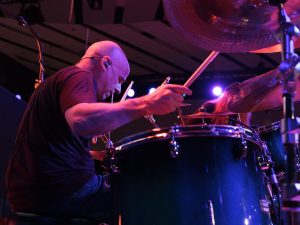
When I started paying attention to these factors — and as I got more aligned with my breathing, seat position and monitor level — I improved quickly and soon was able to play and sing every night of the week without strain. Now I’ve become a primary back-up singer or even a co-lead singer in many of the bands I work with. And though having a high voice does come in handy, just being willing and able to sing has been a great asset in my career as far as getting gigs. I’ve been able to win out on numerous gigs purely because I could sing and the other drummers vying for the position could not.
Singing has also made me so much more aware of the vocal aspects in every song, which in turn has made me a much better drummer. The next task is figuring out how to get the drums to the front of the stage without injuring the ego of the lead singer or guitar players. But that’s a posting for another day.
Learn more about Jimmy Keegan at www.jimmykeegan.com









